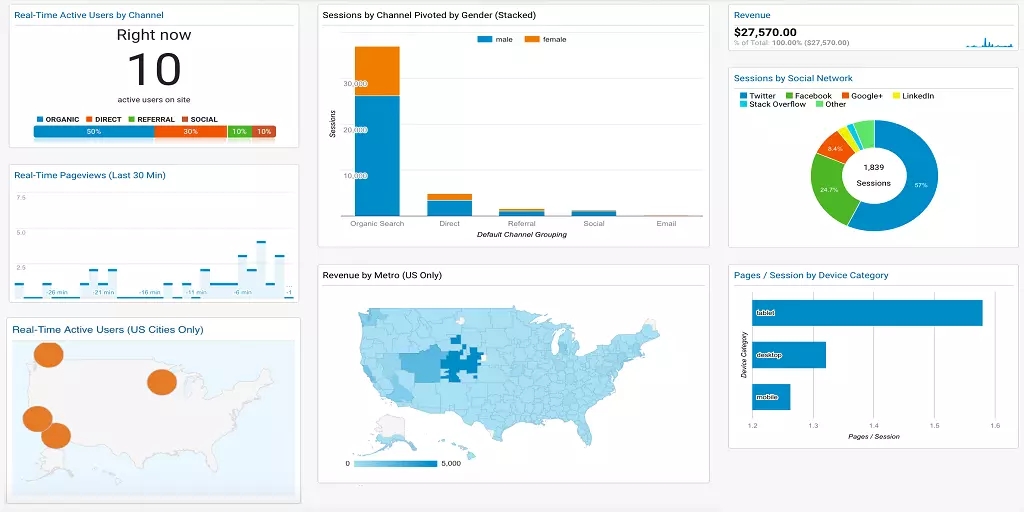How to Use Google Analytics: A Beginner’s Guide to Tracking Website Traffic

In today’s digital era, understanding your website’s performance and audience behavior is essential for success. Enter Google Analytics – a comprehensive web analytics tool that offers invaluable insights into your website’s traffic, user engagement, and much more. Whether you’re a business owner, blogger, or website administrator, this beginner’s guide will take you through the steps of harnessing the power of Google Analytics to enhance your online presence.
Content
Setting Up Google Analytics
Before you can start tracking your website’s traffic, you need to set up Google Analytics:
- Creating a Google Analytics Account: Visit the Google Analytics website and sign in with your Google account. Create a new property for your website and specify its details.
- Adding Tracking Code: Google will provide you with a tracking code. Add this code to every page of your website. If you’re using a content management system (CMS), plugins or settings can help you add the code without editing the HTML directly.
Navigating the Google Analytics Interface
Understanding the Google Analytics interface is vital for interpreting the data effectively:
- Dashboard Overview: Upon logging in, you’ll see an overview of key metrics on the dashboard, including the number of users, sessions, bounce rate, and more.
- Audience Reports: Learn about your visitors with reports like demographics (age, gender), interests, and location.
Interpreting Key Metrics
Unlock insights by diving into key metrics:
- Sessions and Users: A session represents a user’s visit to your site. Users represent the number of unique individuals who visit.
- Pageviews and Bounce Rate: Pageviews are the total number of pages viewed. Bounce rate is the percentage of users who leave after viewing a single page.
Analyzing Audience Behavior
Delve into user behavior with these reports:
- Behavior Flow: Understand the path users take through your site. Identify where they drop off or proceed to other pages.
- Site Content: Discover which pages are the most popular and engaging. This insight helps you tailor your content strategy.
Tracking Conversions
Measure your site’s success by tracking conversions:
- Goals: Set up goals to track specific actions like form submissions, downloads, or purchases. Monitor their completion and conversion rates.
- E-commerce Tracking: If you have an online store, set up e-commerce tracking to gain insights into revenue, transactions, and product performance.
FAQs
Is Google Analytics free to use?
Yes, Google Analytics offers a free version that provides comprehensive tracking and reporting features. There’s also a premium version called Google Analytics 360 for larger enterprises.
Can I track multiple websites under one Google Analytics account?
Absolutely! You can set up multiple properties within one Google Analytics account, making it convenient to track and analyze different websites or subdomains.
Conclusion
Google Analytics is a game-changer for anyone seeking to understand their website’s performance and audience behavior. Armed with this beginner’s guide, you’re equipped to navigate the platform, interpret metrics, and optimize your site’s performance. By using the insights gained from Google Analytics, you’ll be able to refine your content, improve user experience, and ultimately achieve your online goals with confidence. Start your journey today and watch your website’s success story unfold through data-driven decisions.

Leroy Allen is a blogger with a passion for technology who has been writing about the latest in the world of gadgets and gizmos. They are an avid reader of Science-Fiction novels and love to spend time with their wife and kids.















